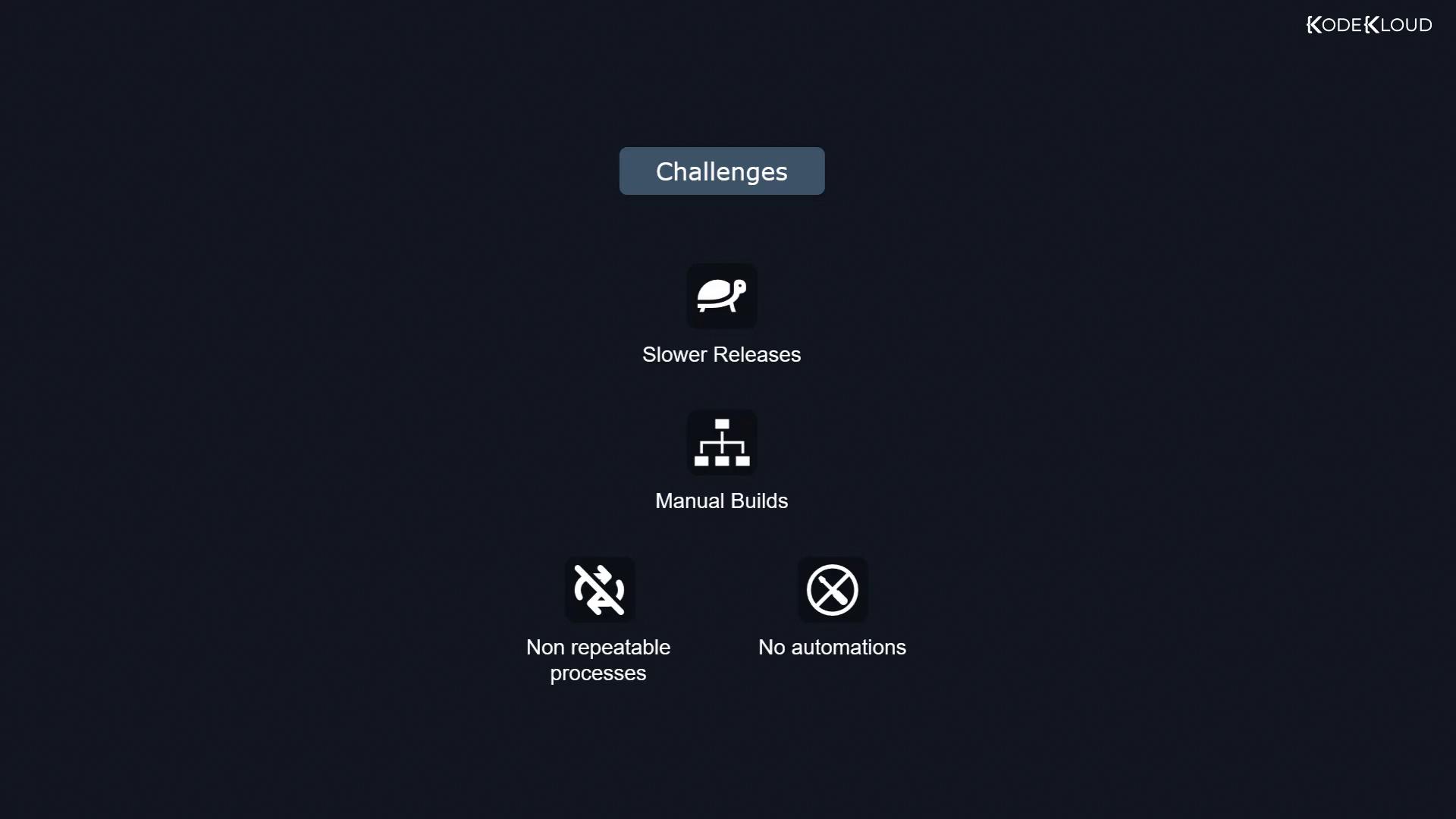Jenkins
Introduction
Course Introduction
Welcome to the comprehensive Jenkins course at KodeKloud! I'm Michael Levan, your instructor on this journey where you'll explore everything from launching a Jenkins instance to scaling it, setting up robust CI/CD pipelines, and managing security and systems administration.
In this course, you'll start by deploying your first Linux server with a Jenkins instance and gradually progress to implementing advanced CI/CD pipelines. Our curriculum includes detailed video lectures, hands-on labs directly in your browser, and practical demonstrations that eliminate the need for complicated local setups or virtual machines.
By following along with the labs, you'll reinforce theoretical concepts through real-world practice. While understanding the underlying theory is essential, hands-on experience is crucial to mastering Jenkins and applying your new skills in professional environments.
At the conclusion of the course, you'll tackle a real-world project that involves setting up CI/CD pipelines with Jenkins. This project is designed to help you accumulate valuable lab hours and practical experience, significantly boosting your credentials in the job market.
Let's address some common challenges that many teams face today:
- Slow release cycles
- Manual builds and deployments
- Non-repeatable processes
- Frequent application failures due to human error
Manual interventions, such as copying files and modifying configurations, frequently result in these issues.

The solution is Jenkins. Jenkins streamlines the software development lifecycle by automating builds, tests, CI/CD pipelines, and deployments. It can be installed locally, eliminating dependency on SaaS platforms, and has a proven track record in the CI/CD space.

With these tools and techniques at your disposal, you're well on your way to becoming a Jenkins expert. Let's dive in and start building your mastery of Jenkins!
Watch Video
Watch video content